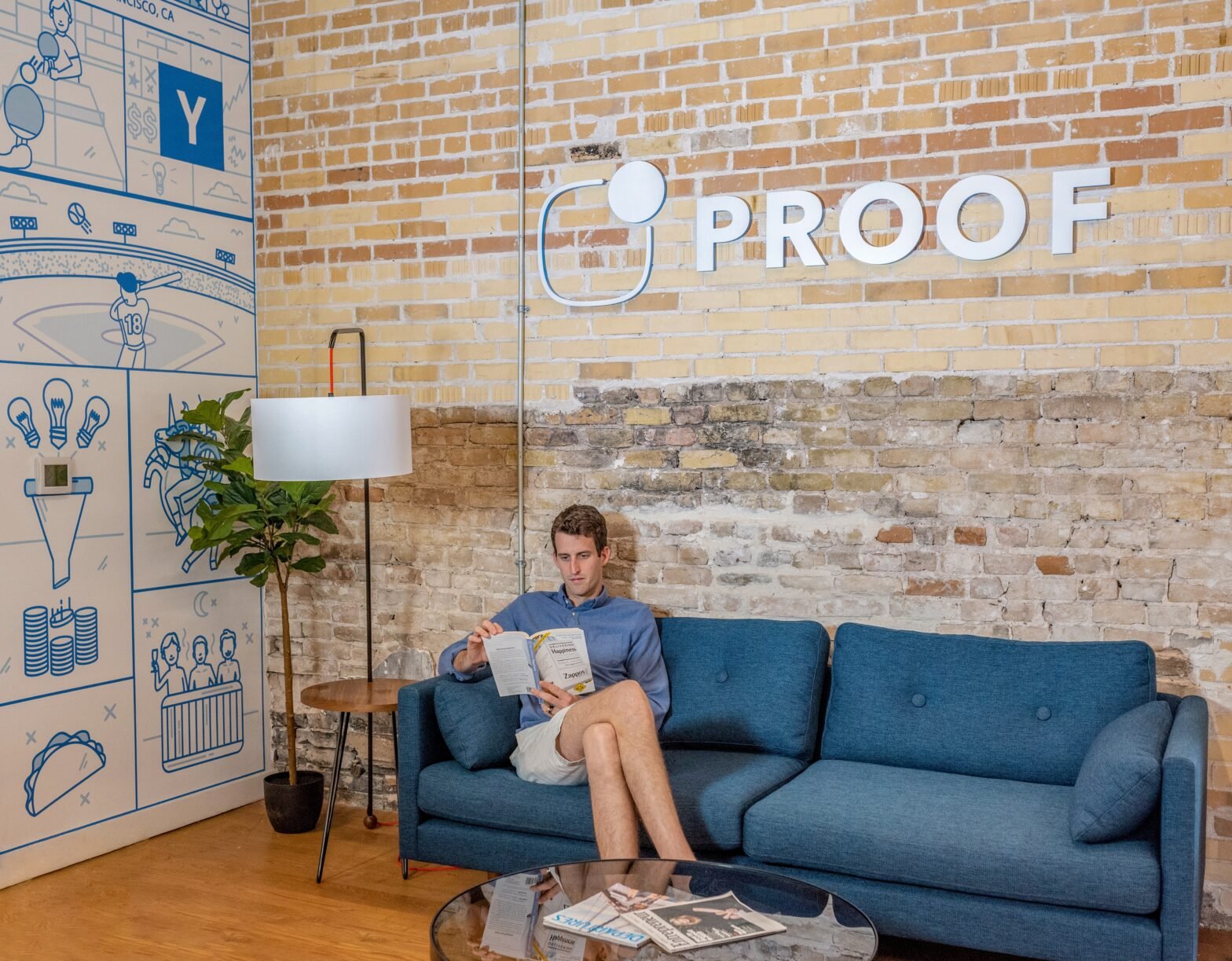Many individuals find themselves facing the challenge of how to afford assisted living without any financial resources. This article aims to explore various options and strategies that can help those in such circumstances navigate the complexities of paying for assisted living without any money. From government assistance programs to long-term care insurance and innovative financing solutions, this comprehensive guide offers valuable insights and practical advice for individuals seeking alternative ways to cover the costs of assisted living when financial resources are scarce.
Check Other Money Aesthetic Aricles
Government Assistance Programs
Medicaid
Medicaid is a government assistance program that provides health coverage to low-income individuals, including seniors. It is administered jointly by the federal and state governments, and eligibility requirements vary by state. Medicaid can cover a range of services, including long-term care in assisted living facilities. To qualify for Medicaid, individuals must meet income and asset limits set by their state, and demonstrate a need for long-term care services.
Supplemental Security Income
Supplemental Security Income (SSI) is a federal program that provides monthly cash benefits to individuals with limited income and resources. SSI is specifically designed to assist aged, blind, or disabled individuals who have little or no income. Eligibility is based on income and assets, and the monthly benefit amount varies by state. Seniors who receive SSI may qualify for additional state assistance programs to help cover the costs of assisted living.
Veterans Aid and Attendance Benefit
The Veterans Aid and Attendance (A&A) Benefit is a financial assistance program offered by the Department of Veterans Affairs (VA). It provides additional funds to qualifying veterans or surviving spouses who require the aid and attendance of another person to perform daily activities. This benefit can be used to cover the costs of assisted living, including room and board. Eligibility requirements include military service, a non-service connected disability, and meeting income and asset criteria.
Nonprofit Organizations and Charities
National Council on Aging
The National Council on Aging (NCOA) is a nonprofit organization dedicated to helping older adults live independently and with dignity. They offer a variety of programs and resources to assist seniors in finding affordable housing options and accessing government benefits. Through their BenefitsCheckUp tool, individuals can identify potential cost-saving programs, including those that can help cover the expenses of assisted living.
Eldercare.gov
Eldercare.gov is a website provided by the U.S. Administration on Aging that serves as a comprehensive resource for older adults and their caregivers. Users can access information on a wide range of topics, including housing options and financial assistance programs. Eldercare.gov offers a searchable directory of services and programs available in each state, helping seniors connect with local resources that may offer financial support for assisted living.
Senior Living Funds
Senior Living Funds is a charitable organization that provides financial assistance to seniors in need who are seeking assisted living services. Their primary goal is to ensure that no senior is denied access to quality care due to a lack of funds. Senior Living Funds offers grants and scholarships to eligible individuals, helping to bridge the financial gap and make assisted living more affordable for those who may not have the means to pay for it.

Check Other Money Aesthetic Aricles
Long-term Care Insurance
Understanding Long-term Care Insurance
Long-term care insurance is a type of insurance designed to cover the costs associated with long-term care services, including those provided in assisted living facilities. This insurance provides financial assistance to individuals who require assistance with activities of daily living or who have cognitive impairments. Long-term care insurance policies can vary in terms of coverage, benefits, and premiums, so it’s essential to review and understand the terms before purchasing a policy.
Qualifying for Long-term Care Insurance Benefits
To qualify for long-term care insurance benefits, individuals typically need to meet certain criteria specified in their insurance policy. This may include demonstrating a need for assistance with activities of daily living, such as bathing, dressing, or eating. Some policies may also require a waiting period before benefits become available. It’s important to review the policy thoroughly to understand the requirements for eligibility and the specific benefits provided.
Coverage and Costs
The coverage and costs associated with long-term care insurance can vary widely depending on the policy and the individual’s needs. Policies may cover a range of services, including room and board in assisted living facilities, home health care, and skilled nursing care. Premiums for long-term care insurance can also vary based on factors such as age, health, and the desired level of coverage. It’s crucial to carefully evaluate different policies and consider the associated costs before making a decision.
Reverse Mortgages
What is a Reverse Mortgage?
A reverse mortgage is a financial product available to homeowners aged 62 or older. It allows homeowners to convert a portion of their home equity into cash while still retaining ownership of the property. With a reverse mortgage, the homeowner receives payments from the lender, either in a lump sum or as monthly installments. The loan is repaid, with interest, when the homeowner sells the home, moves out, or passes away.
Eligibility for a Reverse Mortgage
To be eligible for a reverse mortgage, homeowners must meet certain requirements. These typically include being at least 62 years old, owning the home outright or having a significant amount of equity, and residing in the home as their primary residence. The amount of money that can be borrowed through a reverse mortgage is based on factors such as the homeowner’s age, the home’s value, and current interest rates.
Pros and Cons of Reverse Mortgages
Reverse mortgages can provide seniors with additional funds to support their living expenses, including the costs associated with assisted living. However, it’s essential to consider the pros and cons before deciding to pursue this option. Pros include the ability to access funds without having to sell the home, no monthly mortgage payments, and the option to receive payments for as long as the homeowner resides in the home. On the other hand, cons may include costs, potential impact on inheritance, and the obligation to meet ongoing homeowner responsibilities.

Check Other Money Aesthetic Aricles
Life Settlements
How Life Settlements Work
A life settlement is a financial transaction in which a person sells their life insurance policy to a third party in exchange for a lump sum payment. This option may be suitable for seniors who no longer have a need for a life insurance policy or who find it challenging to continue paying the premiums. In the case of assisted living, the funds received from a life settlement can help cover the costs of care and support services.
Eligibility for Life Settlements
Not all life insurance policies are eligible for life settlements. Generally, the policyholder must be at least 70 years old and have a policy with a face value of at least $100,000. The policy must also be in force and have been active for a specific period, typically two years. Additionally, the policyholder’s health and life expectancy can be evaluated to determine the potential value of the policy in a life settlement transaction.
Benefits and Considerations of Life Settlements
Life settlements offer seniors an alternative to surrendering or lapsing their life insurance policies. By selling the policy, policyholders can gain access to immediate funds that can be used to pay for assisted living costs. Benefits of life settlements include the ability to cease premium payments, the flexibility to use the funds as desired, and the potential for a higher payout than surrendering the policy. However, it’s important to consider the impact on beneficiaries and potential tax implications before pursuing a life settlement.
Veterans Benefits
Veterans Pension
The Veterans Pension is a tax-free benefit available to wartime veterans who have limited income and are at least 65 years old or permanently and totally disabled. This pension can help veterans cover the costs of assisted living, including room and board. The amount of the pension varies based on income and the number of dependents. Eligible veterans must meet specific service requirements and income and asset limits to qualify for this benefit.
Veterans Aid and Attendance Benefit
The Veterans Aid and Attendance (A&A) Benefit, mentioned previously in the Government Assistance Programs section, provides additional financial support to eligible veterans and surviving spouses of veterans who require assistance with daily activities. The A&A Benefit can be used to help cover the costs associated with assisted living, including personal care, medications, and housing. To qualify, applicants must meet specific criteria set by the Department of Veterans Affairs, including income and asset limits.
State Veterans Homes
State Veterans Homes are long-term care facilities specifically designed for veterans. These homes provide a range of services, including assisted living, skilled nursing care, and memory care. Residents of state veterans homes typically pay a fee based on their income, which may be lower than the cost of private assisted living facilities. Each state has its own eligibility requirements, so veterans should contact the respective state veterans affairs office to inquire about the application process and available services.

Family Support and Contributions
Family Contributions
Families can play a crucial role in supporting seniors who require assisted living. Depending on the financial situation, family members may contribute to the costs associated with assisted living, whether through direct financial contributions or by helping with daily expenses. Open communication within the family is essential to understanding the financial capabilities and expectations of everyone involved.
Long-term Planning and Preparation
Proper long-term planning and preparation can help individuals and families determine the most effective ways to pay for assisted living. This may involve exploring financial assistance programs, reviewing insurance options, creating a budget, and considering assets and income sources. Seeking professional advice, such as from financial planners or elder law attorneys, can provide valuable guidance in developing a comprehensive plan for covering the costs of assisted living.
Financial Assistance Programs
Assistance for Low-Income Individuals
There are several financial assistance programs available to low-income individuals who require assisted living. These programs vary by state and may include housing assistance, home and community-based services waivers, or programs specifically tailored to seniors with disabilities. Eligibility is generally based on income and asset limits, and applicants must meet specific criteria to qualify for assistance. Contacting the local department of health and human services or aging services office can provide information on available programs.
State and Local Programs
In addition to federal programs, many states and localities offer financial assistance programs for seniors. These programs may include property tax exemptions, rental assistance, or utility bill assistance. Eligibility requirements and available benefits can vary, so it’s crucial to research the specific programs offered in the area where the individual resides. State and local aging services offices and nonprofit organizations are valuable resources for information on regional financial assistance options.
Charitable Financial Assistance
Some charitable organizations provide financial assistance to seniors in need of assisted living services. These organizations may offer grants, scholarships, or other forms of financial aid to help cover the costs of care. Eligibility criteria and available funding vary by organization, so it’s essential to research and reach out to specific charities that may align with individual circumstances. Websites and directories dedicated to senior assistance can provide information on charitable financial assistance opportunities.
Renting Out a Room or Property
Considering Renting Out Space
Renting out a room or property can be a viable option to generate additional income to help cover the costs of assisted living. By renting a room in their home or leasing a property they own, older adults can turn their real estate assets into a source of revenue. However, it’s important to consider the associated responsibilities, such as property management and tenant interactions, and evaluate the potential impact on lifestyle and privacy.
Legal and Financial Considerations
Before renting out a room or property, individuals should ensure they comply with local laws and regulations related to landlord-tenant relationships. This may involve obtaining proper permits or licenses, drafting lease agreements, and familiarizing oneself with tenant rights and eviction procedures. Additionally, individuals should assess the financial implications, including the costs of property maintenance, insurance, and taxes, as well as potential rental income.
Pros and Cons of Renting Out Space
Renting out a room or property can provide a steady stream of income that can contribute to covering assisted living expenses. Pros include the potential for financial stability, the ability to remain in one’s home or rental property, and the opportunity to create relationships with tenants. However, cons may include increased responsibility and maintenance, possible disruptions to privacy, and the need to navigate legal and financial considerations. Each individual should weigh these factors carefully before deciding to rent out space.
Negotiating Payment Options and Discounts
Payment Plans and Financing Options
When considering assisted living, it’s important to inquire about payment plans and financing options offered by facilities. Some facilities may provide flexible payment plans, allowing monthly payments or offering the option to spread the costs over a longer period. Financing options, such as loans or lines of credit specifically for senior living, may also be available. Exploring these options can help individuals and families better manage the financial obligations associated with assisted living.
Negotiating with Assisted Living Facilities
Negotiating with assisted living facilities can be an effective way to explore discounts, promotions, or other financial incentives. Facilities may be willing to negotiate on prices, especially if there are vacancies or during certain times of the year. It’s worthwhile to inquire about any potential discounts, referral programs, or bundled services that may help reduce costs. Engaging in open and honest communication with facility administrators can provide insights into available negotiation opportunities.
Seeking Discounts and Promotions
Seniors and their families should actively seek out discounts and promotions offered by assisted living facilities. These discounts can range from move-in specials to reduced rates for specific services or extended periods of care. Staying informed about such opportunities requires researching multiple facilities and staying in touch with them to learn about any available discounts. Taking advantage of discounts and promotions can significantly reduce the financial burden associated with assisted living.
In conclusion, there are various avenues for individuals and families to explore when it comes to paying for assisted living. Government assistance programs, nonprofit organizations, insurance options, financial assistance programs, family contributions, and creative solutions such as renting out space all offer potential sources of financial support. Careful research, long-term planning, and open communication with relevant parties can help individuals navigate these options and find the most suitable approach to afford the costs of assisted living.











